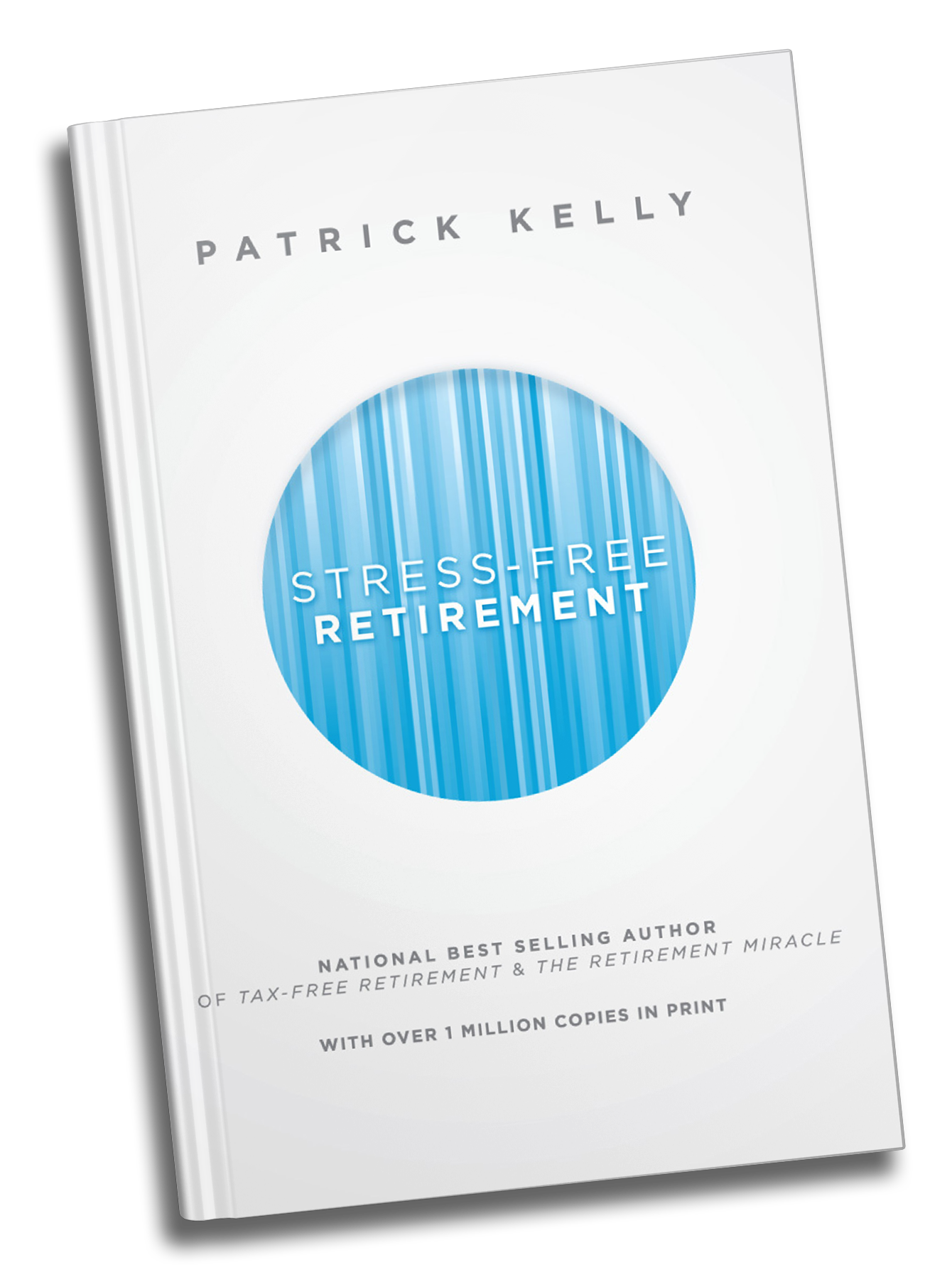
There’s a 70% Chance You’ll Need Long-Term Care
We can all celebrate an increasing life expectancy as we look forward to our golden years. In 1950 the life expectancy for American men was 65.6, and for American women was 71.[1] Now it’s 76.3 for men and 81.4 for women. Of course, many people live to be older than that. In fact, the Census Bureau estimates that by 2050, Americans 90 and older will make up 10% of the population.[2] A longer life is a blessing, and it also means a higher likelihood of needing long-term care: According to government estimates, someone turning 65 today has almost a 70% chance of needing long-term care later in life. And, 20% will need it for longer than five years.[3]
You Can’t Necessarily Rely on Medicare and Medicaid
Under most circumstances, Medicare only covers short-term stays in skilled nursing facilities. If qualifications are met, Medicare will pay the full cost for the first 20 days, and a portion of the cost for the following 80. After 100 days you are responsible for covering costs. Even if you purchase a Medicare supplemental insurance policy, you’ll need to find another way to cover long-term care costs.
While Medicaid will cover a large portion of long-term care costs, there are strict functional and financial requirements. To start with, applicants must be 65 or older, and have a permanent disability or be blind. The asset limit to qualify for Medicaid tends to be as low as $2,000.[4]
The High Cost
Long-Term Care refers to a range of services, such as help with dressing yourself, eating, mobility, and housekeep. LTC services are generally provided by an assisted-living facility, at home with the aid of a caregiver, or at a nursing home. Consider that the median annual cost of an assisted living facility is $45,000 and the median annual cost for a private room in a nursing home is over $97,000.[5]
Paying With Retirement Accounts Has Downsides
If you’re thinking of paying for long-term care out of a pre-tax retirement account such as a 401(k) or IRA, consider the potential tax burden. It could mean pushing yourself into higher tax brackets, and potentially draining your retirement accounts faster than you had planned. And, keep in mind that no one knows what tax rates will be in 30 years.
There are several other options for paying for long-term care and we can help you choose the one best suited to your unique financial situation. Because we believe in tailoring long-term care plans to the individual, we offer complimentary reviews where we can learn more about you. Click here to sign up for an hour with one of our staff members.
[1]https://u.demog.berkeley.edu/~andrew/1918/figure2.html
[2] https://www.thoughtco.com/living-past-90-in-america-3321510
[3] https://longtermcare.acl.gov/the-basics/how-much-care-will-you-need.html
[4] https://longtermcare.acl.gov/medicare-medicaid-more/medicaid/medicaid-eligibility/financial-requirements-assets.html
[5] https://www.morningstar.com/articles/879494/75-must-know-statistics-about-long-term-care-2018-edition



